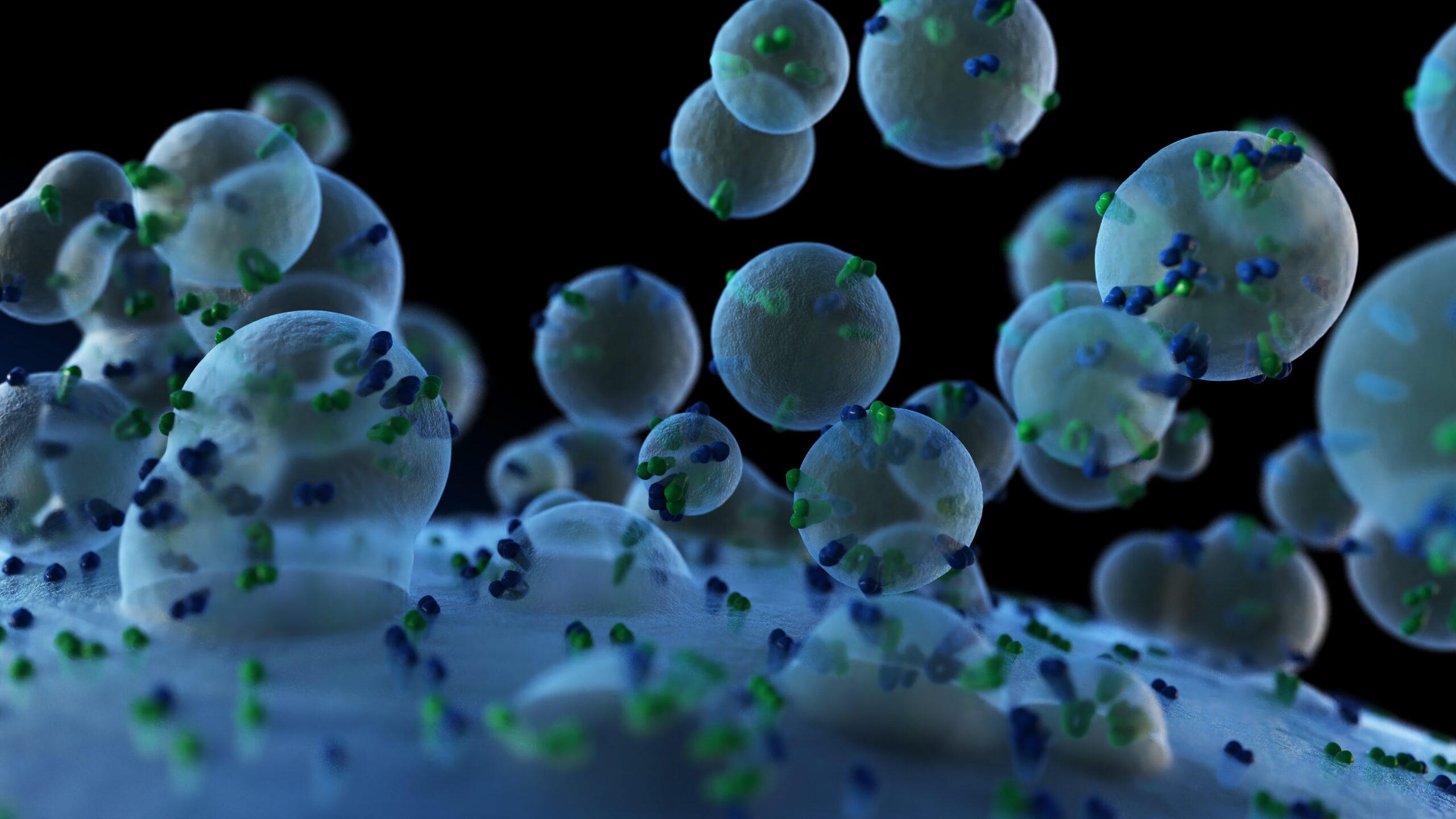
Just as we use languages and gestures to communicate with one another, our body’s cells possess their own unique way of talking to each other — through secretions. These secretions contain tiny vesicles (known as extracellular vesicles), that include genetic material, proteins, and metabolites.
Over the last few years, these secretions have garnered significant attention of researchers, particularly as a potential therapeutic avenue for numerous medical conditions. They initially surfaced during investigations into adult stem cells within clinical trials. Now, they are being used clinically, to pass on instructions to cells in the body in a language they understand.
How is the secretome derived?
Stem cells are known for their ability to give rise to various cell types and have long been a subject of study due to their regenerative potential in treating diverse health conditions. Adult stem cells, specifically those capable of generating a limited range of cell types, have garnered substantial clinical interest.
“Researchers and clinicians have noticed that in clinical trials, mesenchymal stem cells can actually have beneficial effects in disorders and conditions that affect any organ that you can imagine, including the brain,” says Darius Widera, professor of stem cell biology and regenerative medicine at the University of Reading in the UK.
These stem cells demonstrate a ‘bystander effect’ wherein they release beneficial substances that assist in tissue repair and regeneration. These substances, which include a diverse range of proteins and signalling molecules, are collectively known as the secretome. In some cases, these substances are packaged within minuscule vesicles called extracellular vesicles (EVs), which are integral components of the secretome.
Widera explains that these vesicles comprise of specific proteins and regulatory RNAs that can instruct patient cells to initiate regeneration. He adds that the proteins and regulatory RNAs present in them can regenerate cells for individuals suffering from diseases.
Areas of study
“There are many preclinical studies that show extracellular vesicles can actually improve certain conditions, especially ones with an inflammatory component,” says Widera. He highlights its potential in treating graft vs host disease, a condition that arises after a bone marrow transplant where donor cells are attacked by the host’s body.
Other areas where it is being explored is as a diagnostic marker for certain illnesses. EVs released by tumours are also now being explored as biomarkers for cancer, adds Widera, explaining that cancers secrete very specific types of EVs. The idea is to isolate them from biological fluids using liquid biopsies to detect cancer earlier.
Potential use of secretome in lung disease
While the clinical use of EVs in therapies is some time away, research in the field is surging ahead.
A recent paper published in the journal Current Drug Targets by researchers at Dr D Y Patil Dental College & Hospital, India, which outlines a novel way to administer the secretome to the lungs. This could be a therapeutic option for those suffering from Chronic Obstructive Pulmonary Disorder (COPD).
“Chronic Obstructive Pulmonary Disorder (COPD) is a chronic disease which doesn’t have an effective treatment or cure,” says Dr Ramesh Bhonde, the lead author of the paper and scientist at the regenerative medicine laboratory at Dr D Y Patil Vidyapeeth in Pune, India.
While there are treatments for the symptoms of this medical condition, it does little to address the damage done to the lungs. “Fibrosis of the lungs can cause less air to reach the alveolar space and the only thing that might help is regeneration of the alveoli,” says Dr Bhonde.
In response to this challenge, the researchers wanted to explore the potential of the stem cell secretome. They did this, knowing it has a capacity to exert anti-inflammatory, potent immunomodulatory and regenerative influence on the lung tissue.
However, delivering the secretome to the lungs poses a challenge especially if we are to look at medication that can be administered to the lungs, says Dr Avinash Kharat, working as Scientist C at the regenerative medicine laboratory at the Pune-based Institute.
“The secretome [by itself] cannot be inhaled which is why it needs to be added into nanoparticles,” says Dr Bhonde. These nanoparticles can be made from biocompatible materials such as hydrogels and can be prepared to have a sustained release of the secretome in the lung.
Once the researchers figure out how to use both stem cells secretome and nanotechnology, it will be an effective way to get treatment directly into the lung, according to Dr Bhonde.
—————————————————————————————————————————————————————————————
Read more:
How disease-in-a-dish model could help treat brain disorders
Indian start-up eyes cellular therapy for age-related macular degeneration
—————————————————————————————————————————————————————————————–
Better regulation of cell-free therapies
While extracellular vesicles (EVs) hold great potential as diagnostic tools and therapeutic targets for various diseases, Dr. Widera advises caution regarding the use of unregulated therapies offered by clinics. Exosomes, a subtype of EVs, have garnered significant attention. However, it’s crucial to note that exosome-based treatments are still in the experimental stage and undergoing rigorous clinical trials to assess their safety and effectiveness.
“We need to communicate the risks and we should be very clear, setting the right expectations, without promising too much,” Widera says.
He mentions the need to run more controlled clinical trials to establish safety and efficacy of these therapies. “We are getting closer and closer to clinical application but as of now, there is no conclusive data that proves they work,” he adds.
While exosome therapy shows promise, it faces challenges like source variability due to diverse cell origins, scalability issues due to the need for numerous cells, high costs tied to materials like cell culture medium, and the necessity for standardised protocols to ensure consistent outcomes.
But despite these challenges, both Widera and Bhonde remain optimistic for the future of the field. “I personally believe that all of those challenges will be solved by lobbying for standardisation and more scientific exchange between research groups, hopefully within the next decade,” concludes Widera.

















